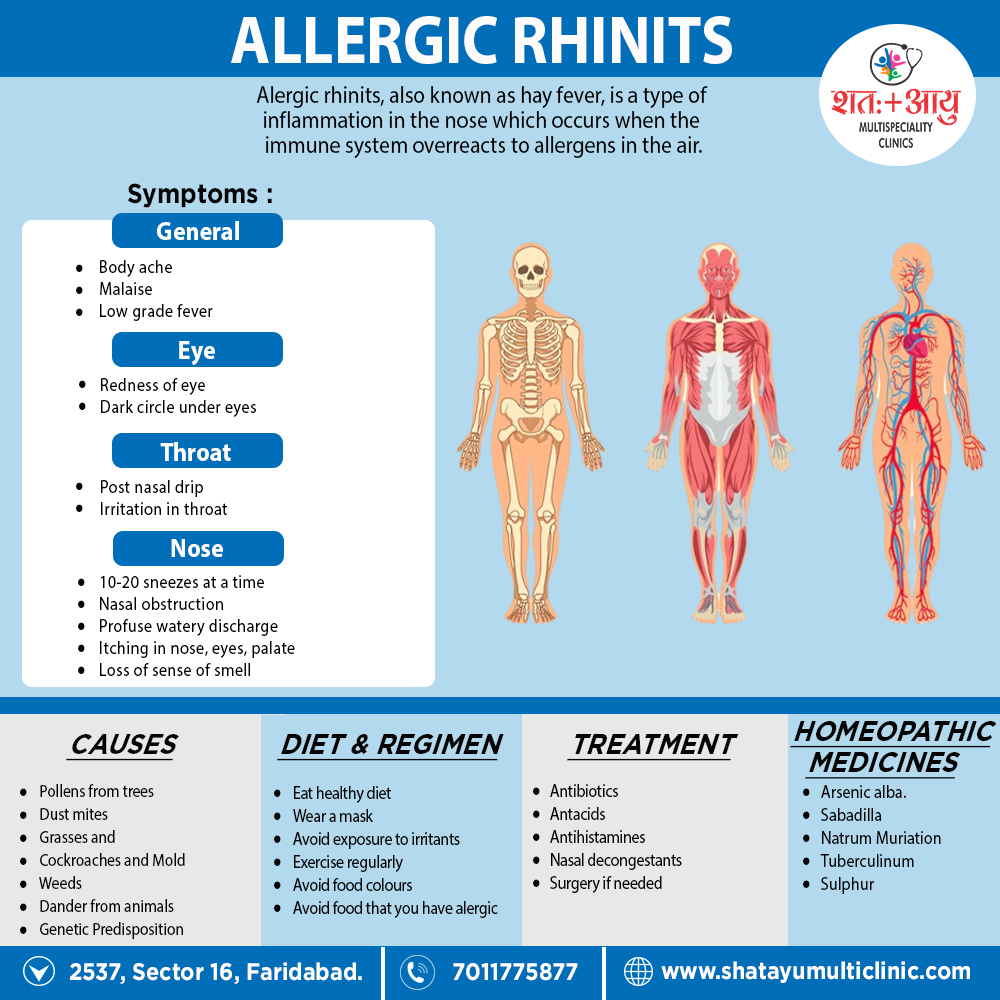Pathophysiology
Inhaled allergens produce specific Ig. E antibody in the genetically Predisposed individuals. This antibody becomes fixed to the blood basophils or tissue mast cells by its Fc end
On subsequent exposure, antigen combines with Ig. E antibody at its Fab end. This reaction produces degranulation of the mast cells with release of several chemical mediators, some of which already exist in the preformed state while others are synthesized afresh.
These mediators are responsible for symptomatology of allergic disease.
Depending on the tissues involved, there may be vasodilation, mucosal oedema, infiltration with eosinophils, excessive secretion from nasal glands or smooth muscle contraction. A “priming affect” has also been described, i.e., mucosa earlier sensitized to an allergen will react to smaller doses of subsequent specific allergen. It also gets “primed” to other nonspecific antigens to which patient was not exposed. Nonspecific Nasal hyper-reactivity is seen in patients of allergic rhinitis.
There is increased nasal response to normal stimuli resulting in sneezing, rhinorrhoea also nasal congestion [2].
Clinically allergic response occurs in two phases i.e.:
1.Acute or early phase
It occurs immediately within 5–30 min, after exposure to the specific allergen and consists of sneezing, rhinorrhoea nasal blockage and/or bronchospasm. It is due to release of vasoactive amines like histamine.
2.Late or delayed phase
It occurs 2–8 h after exposure to allergen without additional exposure. It is due to infiltration of inflammatory cells—eosinophils, neutrophils, basophil, monocytes and CD4 + T cells at the site of antigen deposition causing swelling, congestion and thick secretion.
In the event of repeated or continuous exposure to allergen, acute phase symptomatology overlaps the late phase [2].

